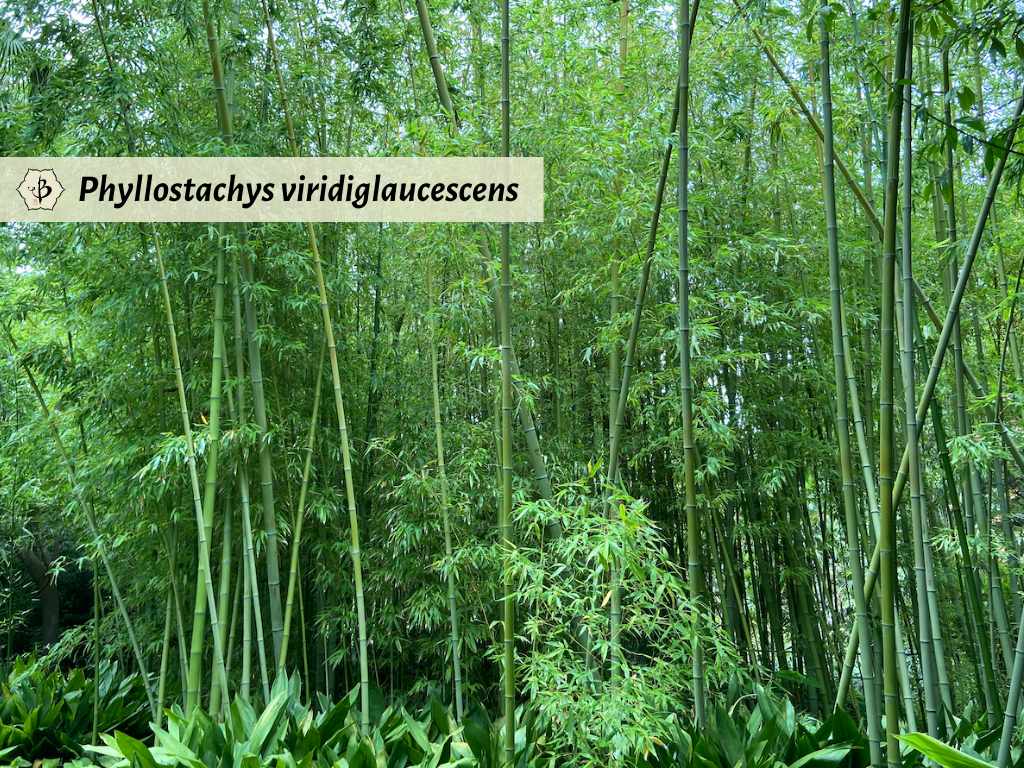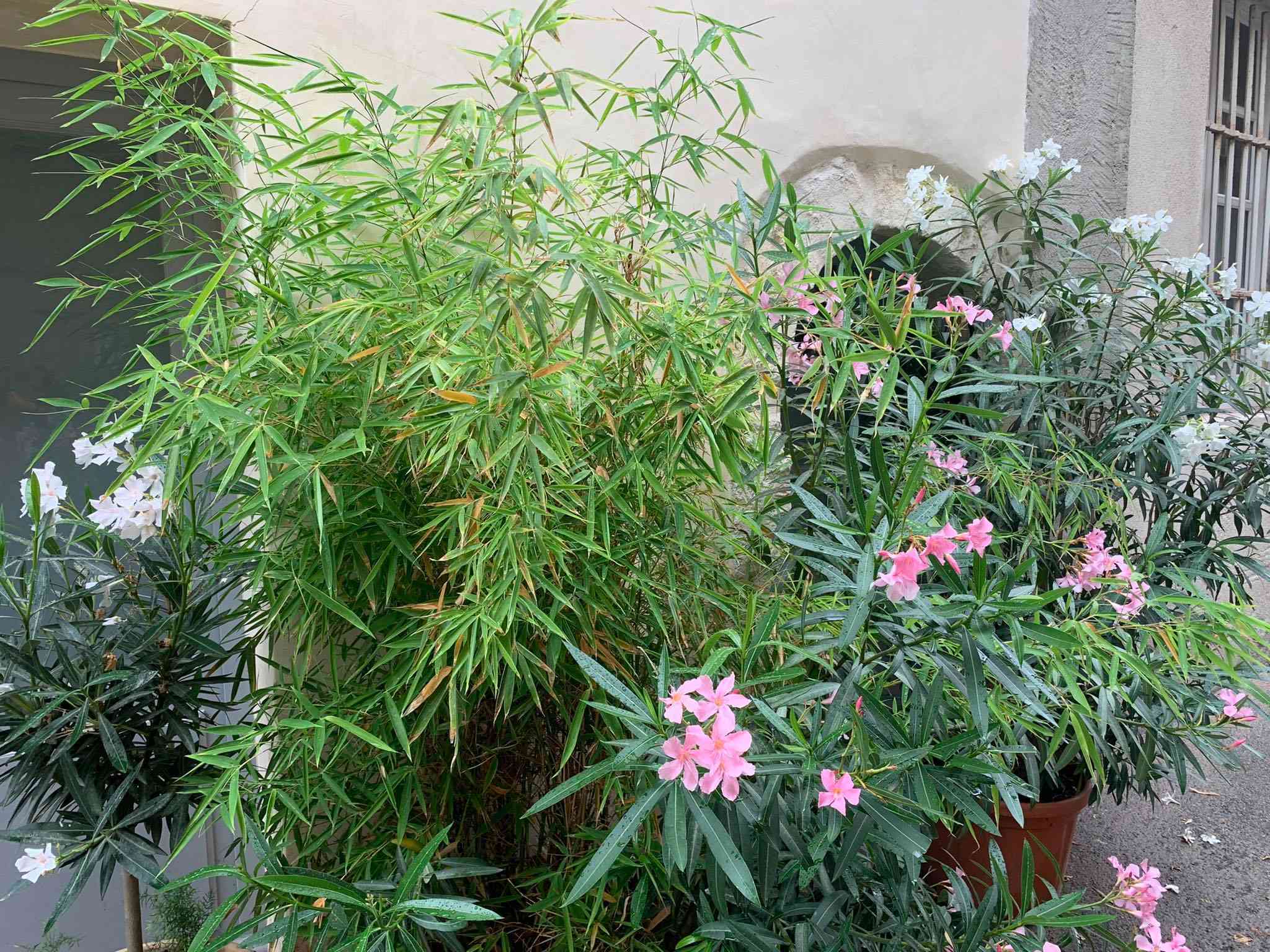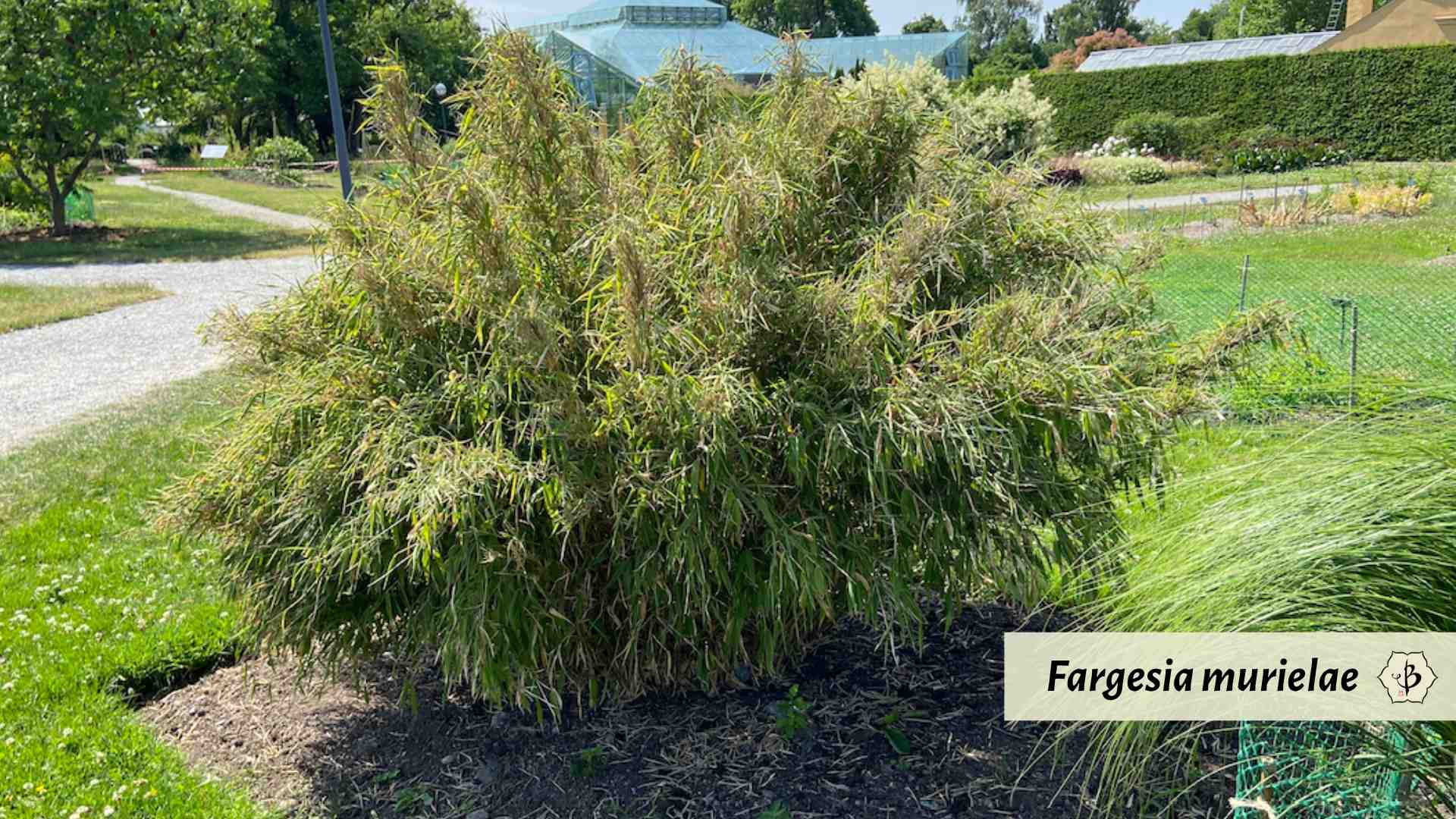You can find native species of bamboo growing on every continent in the world, except for Europe and, of course, Antarctica. But if you’re in Europe and you’re interested in growing bamboo, there’s no need to worry. Botanists and collectors started bringing bamboo from Asia and naturalizing it in Europe at least a couple hundred years ago.
Although it’s not native to the continent, you can easily grow many bamboo species in Europe. From Spain and Portugal in the south to Germany in the north, gardeners and farmers have proven the viability of these Asian and South American grasses throughout the Old World. Especially in warmer climates, bamboo commonly grows as an ornamental and is even cultivated as a cash crop. You can also find various species growing in arboretums and botanical gardens all across the continent.
NOTE: This article first appeared in July 2021, most recently updated in June 2024.

Non-native bamboo in Europe and North America
Sensitive gardeners may be concerned about planting exotic flora in non-native settings. Bamboo is known for being rather invasive, after all. And introducing non-native species to foreign environments does raise potential problems.
In the vast majority of cases, however, live bamboo has not posed any danger when imported from overseas. Bamboo is not generally susceptible to bugs and pests, which are one the areas of greatest concern when moving plant life between continents.
Bamboo gardening is wildly popular in North America, where there are only four native species. The biggest issue that people encounter has to do with the way some varieties of bamboo spread so quickly. Most species of temperate bamboo, the varieties that will grow better in most of Europe, tend to have a “running” growth habit.
If not properly monitored and maintained, the aggressive rhizome roots of these running bamboos can become a real nuisance. Still, they are not invasive in the way that other plant species sometimes arrive in a new environment and end up overtaking entire regions and creating major disturbances to native habitats and ecosystems. Bamboo really only spreads by its roots, and not by dispersing seeds. So the expansion of bamboo, even the most aggressive species, is very localized.
Check out these related articles on Clumping Bamboo and Digging a Trench to Contain Your Bamboo.

Selecting bamboo species for European gardens
There are a number of factors to consider when selecting a bamboo species for your garden. Most importantly, you need to think about your climate, your space limitations, and your reason for growing it.
If you’re in a warmer area like Portugal, Italy or coastal Spain, where freezing is rare and unlikely, you’ll have the greatest number of options. There are some beautiful and amazing species of tropical bamboo that require warmer weather to thrive.
Many of these varieties can grow to astonishing heights, and they tend to be better for building and construction material. Tropical bamboos are also clumping, rather than running, so a lot of gardeners prefer that.
But most of Europe is prone to freezing winters, where temperate bamboo will do much better. Most of the time, when you find bamboo growing in a European garden, it’s some variety of Phyllostachys. This genus of bamboo is extremely cold hardy and notoriously fast-spreading. Its vigorous roots make it hard to kill and easy to propagate. That’s why you’ll find Golden Bamboo (Phyllostachys aurea) growing almost anywhere in the world.

For Europeans who prefer to avoid the aggressive varieties and stick with clumping bamboo, the genus Fargesia is their best option. Exceptional among bamboos, the members of this genus have a compact, clumping growth habit, and yet are cold hardy down to about 20º below zero Fahrenheit, or nearly minus 30º celsius.
Fargesia murielae (also called umbrella bamboo) is one of the most commonly grown species of bamboo in Europe. It has a graceful, elegant appearance, growing up to 15 or 20 feet tall with an arching aspect. It’s a great choice in cooler climates like Germany, northern France, Hungary, Austria, etc. You’ll often see it grown in city parks and public gardens.
Also take a look at our articles on the Best Bamboos for Your Garden, Choosing the Right Bamboo and Clumping Bamboos for Cool Climates.

Finding bamboo in Europe
Bamboo gardening hasn’t really caught on in Europe the way it has in North America, so finding a specialty bamboo nursery isn’t quite as easy. But there are a couple of places to look.
The biggest bamboo nursery in Europe is located in southern Portugal. Bambu Parque has an incredible selection of temperate and sub-tropical bamboo, including more than 200 species. Collectors should check out the Kimmei Bamboo Nursery in the Netherlands, with a vast selection of about 300 bamboo species. If you’re in the south and want to grow some truly tropical varieties, then you’ll want to head to La Bambuseria in Sevilla, Spain.
If you’re in France, check out the Esprit Bambou nursery in Mommenheim, France, close to Strasbourg and the German border. Also take a look at these photo essays on Where to find bamboo in Germany and Bamboo adventure in Valencia, Spain.
If you just enjoy looking at bamboo and admiring its verdant beauty, most of the bigger botanical gardens have at least a few specimens of bamboo. But for Europe’s most incredible bamboo garden, you’ll want to head to the south of France. About 30 miles northwest of Nimes, the Bambouseraie has been propagating vegetation and welcoming visitors since 1856. Today the spectacular garden includes about 300 varieties of bamboo, making it one of the most diversified bamboo collections on earth.
Not far from Parma, Italy, you can get lost in the world’s largest bamboo labyrinth, the Labirinto della Masone. The enormous maze has several kilometers of pathways, consisting of around 200,000 individual bamboo plants belonging to dozens of different species.
Bamboo Farming
As one of the world’s largest importers of Asian bamboo and bamboo products, the EU has begun to take a keen interest in cultivating its own supply of the fast-growing raw material. The ecological benefits of bamboo— carbon sequestration and oxygen generation —are often outweighed by the carbon footprint associated with international shipping. So the advantages of having a domestic bamboo source are pretty obvious.
Farming bamboo in Europe offers the possibility of restoring the economy and ecology, particularly in some of the more degraded areas of southern Europe. With that in mind, old agricultural land, which has been abandoned or fallen into disuse, offers the best sites for bamboo farming.
Larger cultivation projects are already underway in Portugal, western Spain and southern France. Bamboo is ideal for planting in poor soil that has been depleted by multiple generations of conventional farming. It has minimal requirements and is also effective at stopping erosion and building up the topsoil. At the same time, bamboo does not need chemical fertilizers or toxic pesticides.

See our article on Bamboo Farming in Europe to learn more.
FEATURED PHOTO: Ornamental bamboo is very popular even in the cold climate of Germany. Photo by Fred Hornaday.

























